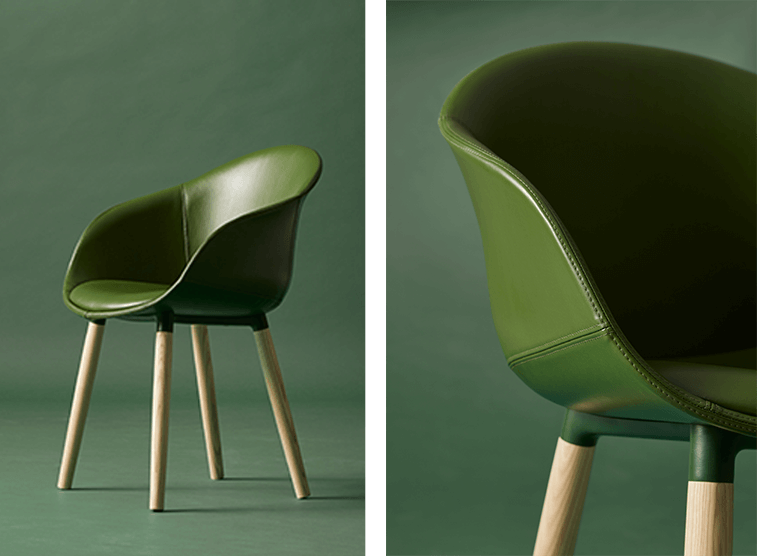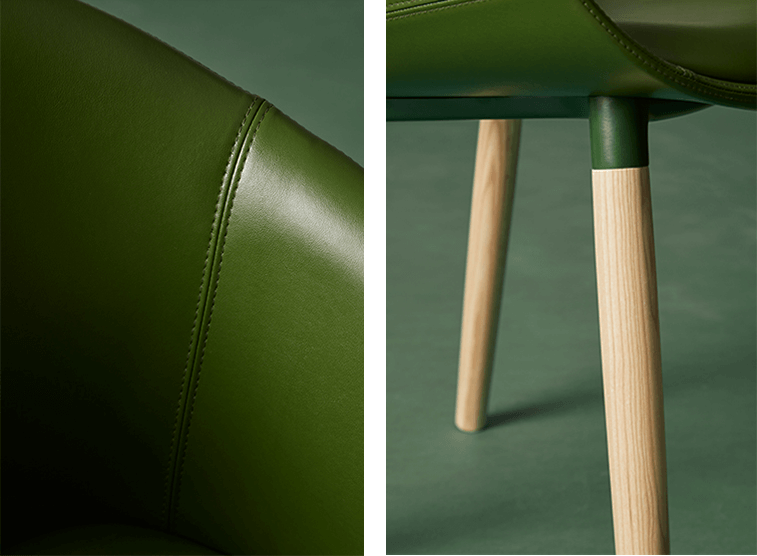Longevity is key to lasting design…
Moving way beyond the idea of being sustainable.
We sat down with Luke Pearson and Tom Lloyd of PearsonLloyd design studio to discuss sustainable design. How as designers, architect, corporates and even consumers, can we impact the future?
“When building the brief, we must change the norms and standards, to ensure we are building something better. As we move through the project, we try to build a number of lenses to give cohesive viewpoint. Mapping out the impact and evaluating the critical paths, both design decisions and development decisions that lead to a smarter outcome.
Design is critical to the role of sustainability we are at the forefront of producing products, using resources, materials and energy and we affect supply and delivery chains by the decisions we make.
Sustainable design really is about understanding the impact of your decisions from a planetary context when you act as a designer. In the past we’ve always been thinking about the user as the sort of primary need in a design context and sustainability means we must think about planetary health.
The role of the designer is to make educated decisions but also to promote and provoke the richest conversation with the stakeholders involved in the products. Although the needs and responsibility on us as designers are getting stronger from an environmental perspective, the possible impact is also far greater.
For a long time designers have been servants purely to marketers asking for new products but our skillsets make us perfectly placed to solve some of the major problems in the process. All the way from brief building to how we communicate and talk about the final product when it goes to market – ensuring the audience understands what’s involved, why it is designed how it is and the design matrices that we have used to make it truly sustainable.
One aspect that is becoming a dominant part of design for the planet is material selection and choice. In the past as an industry we were a bit lazy and we’ve allowed procurement teams and tender processes to drive choices around materiality – we’ve now got to be much more proactive and forward thinking. No longer thinking about virgin materials where possible.
For the last 100 years or so the industrial production has been driven by cheap and easy, but now new materials and resources can provide strong alternatives, but our cost and user experience parameters need to be recalibrated. New materials aren’t the same, they have different performance characteristics but also offer huge gains in terms of materials and energy usage.
Longevity is key to lasting design
There are lots of elements and lots of projects were we have tried to mitigate, reduce or improve an existing scenario. The Kin project with Allermuir and Senator was a good demonstration of the refinement of a design concept, to remove unnecessary materials and to produce a range of components that fit together with the least amount of tooling. As this is a high-volume product, getting this right has made a huge impact.
From materials choices to the way we put a product together, to imagining its afterlife comes down to design and engineering. There are also many ways to provoke sustainable design within a project from self-assembly, waste materials, designing for repair and refresh or elongating the life spam of the product.
Lifecycle analysis is a huge part of the act of designing, we must be responsible and understand all stages from materials, manufacturing, how its consumed and how materials are recovered at the end of a products life. This is something which is an embedded part of our work – we call it designing with data, we are no longer designing mechanically, financially or aesthetically, we have to understand the metrics from a carbon perspective to create truly great products.”
“We must slow down trends, promote care in consumption and allow products to have a longer lifecycle.”
Instead of us just asking how we can design more sustainably in future, we should also ask how we can improve designs of the past.
With this in mind our innovation team at PlatformX have re-imagined the Allermuir Kin tub chair by PearsonLloyd. Featured below you will see an experiment that uses a plastic tub shell made from Senator Groups waste, plant based foam, Desserto cactus leather and beeswax on the wooden legs, derived from bee hives based at The Senator Groups head office in Lancashire.

